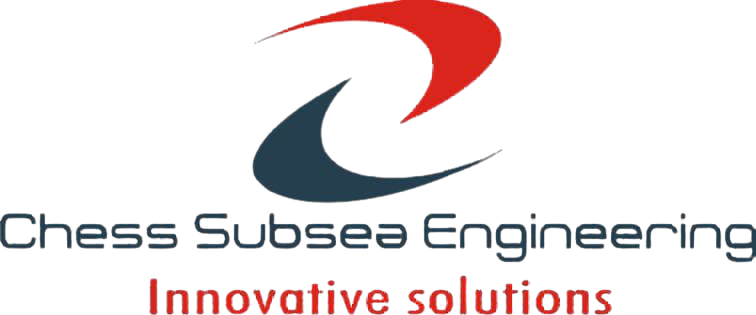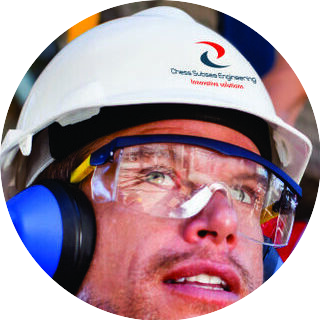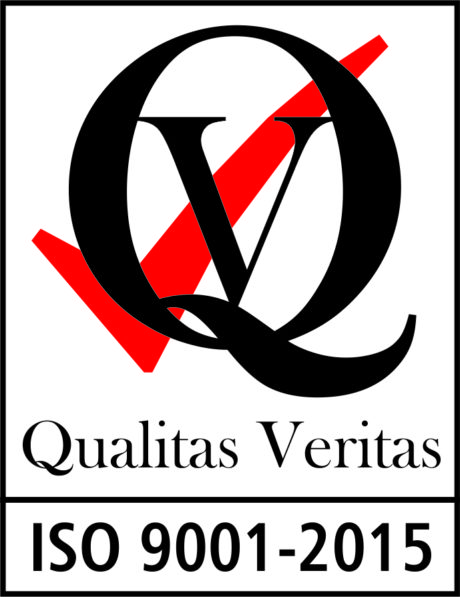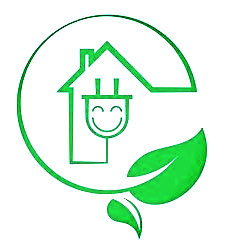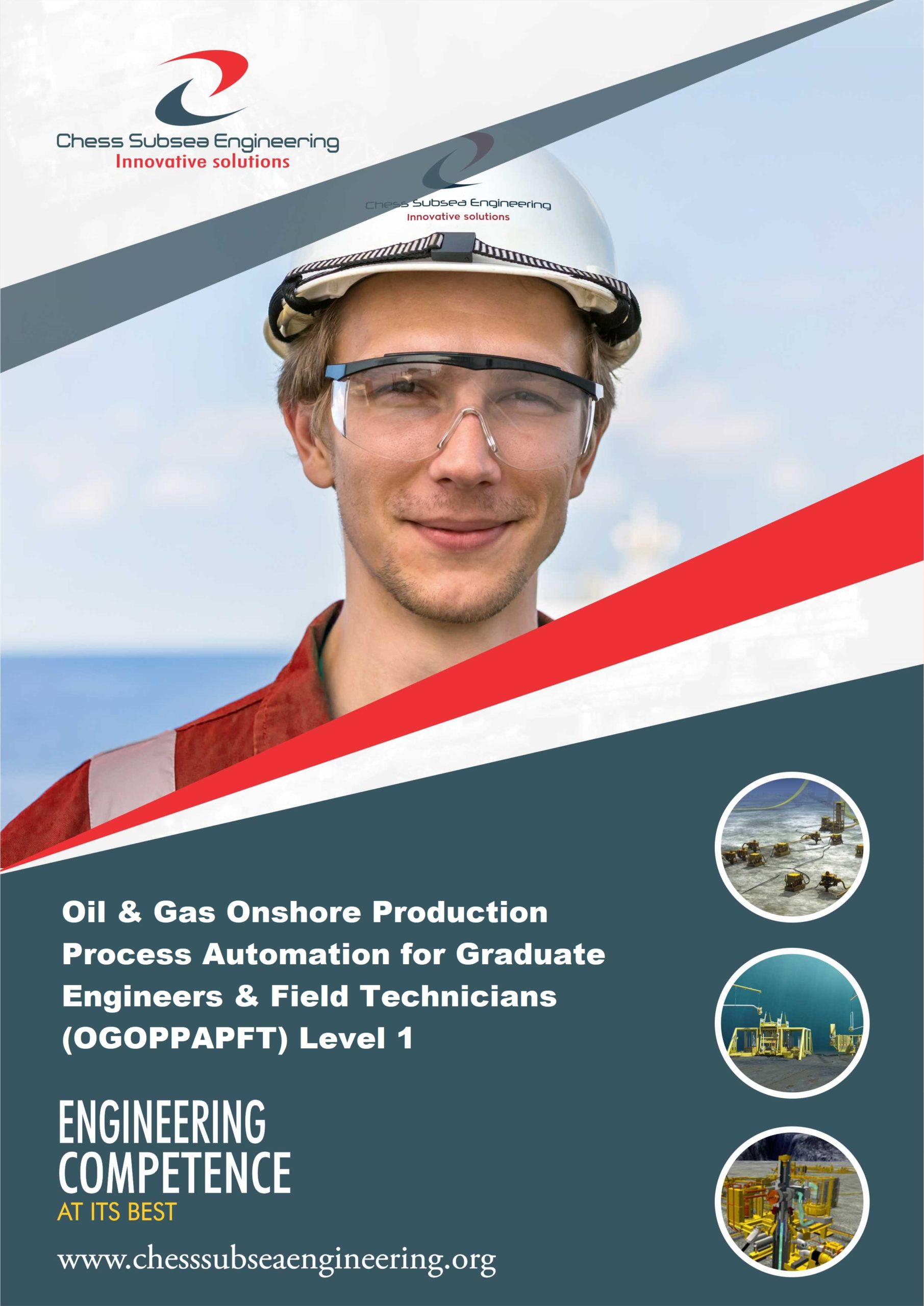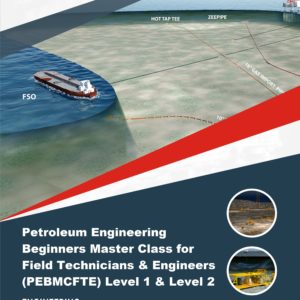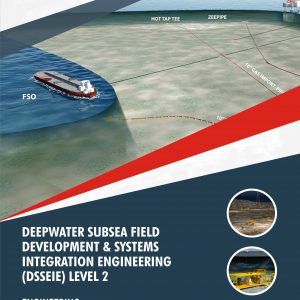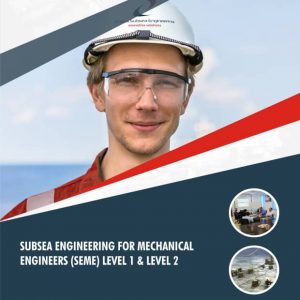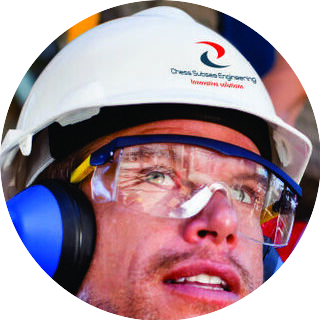Description
The oil and gas onshore production process involves a series of complex and interconnected processes that require careful monitoring and control to ensure safe and efficient operation. Automation technologies can play a crucial role in improving the efficiency, safety, and reliability of onshore oil and gas production processes.
One area where automation can be particularly beneficial is in the drilling and well completion process. Advanced drilling technologies, such as rotary steerable systems and automated drilling controls, can be used to optimize drilling performance and minimize drilling time. Additionally, automated systems can monitor and control the flow of drilling fluids, reducing the risk of blowouts and other accidents.
Another area where automation can be useful is in the production and processing of oil and gas. Automated systems can be used to monitor and control the flow of oil and gas from the wellhead to the processing facility, ensuring that the flow rates are optimized and that the quality of the product is maintained. Advanced sensors and monitoring technologies can also be used to detect leaks and other operational issues, allowing operators to take corrective action before serious problems occur.
In addition to these areas, automation can also be used to optimize the use of resources, such as water and energy. For example, automated systems can be used to monitor and control the use of water for drilling and hydraulic fracturing, ensuring that the water is used efficiently and that waste is minimized. Similarly, automation can be used to optimize the use of energy in production and processing, reducing costs and minimizing the environmental impact of the operation.
Overall, automation technologies have the potential to improve the safety, efficiency, and profitability of onshore oil and gas production processes. However, implementing these technologies requires careful planning and coordination, as well as a commitment to ongoing monitoring and maintenance to ensure that the systems operate as intended.
OGOPPAPFT Level 1 covers how Oil and Gas automation works, business benefits of oil & gas automation, principle Vs. standards, field instruments and control system selection criteria’s, process risk management methods, Oil & Gas automation protection layers, Oil & Gas automation activity layers in EPC Project (MAC / MIC), onshore Oil & Gas gathering and production station, overall Oil & Gas upstream process for onshore facilities, production wellhead, production wellheads centralized monitoring and control, gathering & production network, seperators, enhanced oil recovery method, crude shipping pumps (station discharge), oil & gas gathering station utilities & integrated control and safety system (ICSS) & interface,field instrumentation selection for oil & gas upstream, project lifecycle, automation scope in EPC project (MAC/MIC) / instrumentation deliverables,design tips for oil and gas business lifecycle and more.
Course Outlines
What is Oil & Gas Automation
How does Oil and Gas Automation Work
What are the business benefits of Oil & Gas automation
What is Process
Principle Vs. Standards
Field Instruments and Control System Selection Criteria’s
Process Risk Management Methods
Oil & Gas Automation Protection Layers
Oil & Gas Automation Activity Layers in EPC Project (MAC / MIC)
Onshore Oil & Gas Gathering and Production Station
Overall Oil & Gas Upstream Process for Onshore facilities
Oil & Gas Production Wellhead
Oil & Gas Production Wellheads Centralized Monitoring and Control
Oil & Gas Gathering & Production
Oil & Gas Seperators
Enhanced Oil Recovery Method
Crude Shipping Pumps (Station Discharge)
Oil & Gas Gathering Station Utilities & Integrated Control and Safety System (ICSS) & Interface
Typical Field Instrumentation Selection for Oil & Gas Upstream
Oil and Gas Project Lifecycle
Typical Oil and Gas Automation Scope in EPC Project (MAC/MIC) / Instrumentation Deliverables
Typical Oil and Gas Automation Scope in EPC Project (MAC/MIC) / Instrumentation Activities
Important Design Tips for Oil and Gas Business Lifecycle
Technical Support References
Ref 1: Field Instruments and Control System Selection Criteria
Ref 2: Process Risk Management Methods
Ref 3: Oil & Gas Automation Protection Layers
Ref 4: Oil & Gas Automation Activity Layers in EPC Project (MAC / MIC)
Ref 5: Onshore Oil & Gas Gathering and Production Station
Ref 6: Overall Oil & Gas Upstream Process for Onshore facilities
Ref 7: Oil & Gas Production Wellhead
Ref 8: Oil & Gas Production Wellheads Centralized Monitoring and Control
Ref 9: Oil & Gas Gathering & Production
Ref 10: Oil & Gas Seperators
Ref 11: Enhanced Oil Recovery Method
Ref 12: Crude Shipping Pumps
Ref 13: Oil & Gas Gathering Station Utilities & Integrated Control and Safety System (ICSS) & Interface
Ref 14: Typical Field Instrumentation Selection for Oil & Gas Upstream
Ref 15: Oil and Gas Project Lifecycle
Ref 16: Typical Oil and Gas Automation Scope in EPC Project (MAC/MIC) / Instrumentation Deliverables
Ref 17: Typical Oil and Gas Automation Scope in EPC Project (MAC/MIC) / Instrumentation Activities
Ref 18: Important Design Tips for Oil and Gas Business Lifecycle
Ref 19: Oil & Gas Onshore Production Process Automation JSA
Assessment
Oil & Gas Onshore Production Process Automation for Graduate Engineers & Field Technicians (OGOPPAPFT) Level 1 will be accessed with short answer multiple-choice questionnaire at the conclusion of the course.
Outcome
Participants will gain an in debt understanding of Oil & Gas Onshore Production Process Automation Mastery. They will also be able to function with minimum supervision as Process Engineer, Control Systems Engineer, Production Engineer or Technician for IOCs.
Professional Certificate
Issued directly by Chess Subsea Engineering Europe.
How to Register
Click here to download registeration booklet on msword and email completed booklet to info@chesssubseaengineering.org directly.
